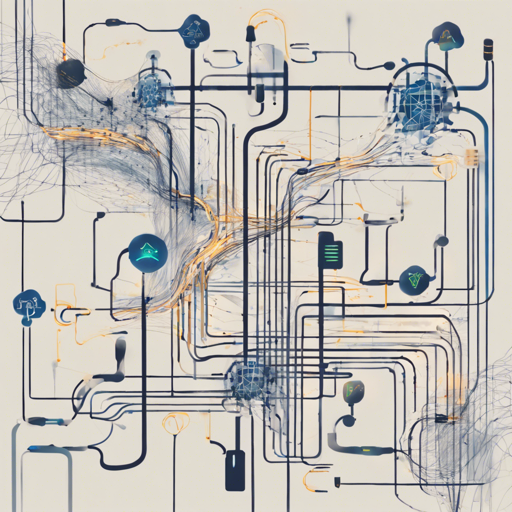In the ever-evolving world of deep learning, training large neural network models efficiently can often feel like trying to squeeze a gallon of water into a pint-sized cup. Enter torchgpipe, a pipeline parallelism library that enables us to effectively train enormous models without overflowing our resources. In this article, we will delve into what GPipe is, how it works, and provide you with a step-by-step guide to get started. Let’s dive in!
What is GPipe?
GPipe, developed by the Google Brain team, is a library designed for scalable pipeline parallelism. Think of it as a well-orchestrated assembly line in a factory where multiple workers (devices) focus on different tasks simultaneously to produce a final product (model). By distributing parts of the neural network across multiple devices, we can handle larger models that might otherwise be unwieldy when trained on a single device.
How to Use torchgpipe
Using torchgpipe is a straightforward process. Ensure you have the following environments set up:
- Python 3.6+
- PyTorch 1.1+
To install torchgpipe, you can use PIP:
sh
$ pip install torchgpipeWith torchgpipe installed, you can easily wrap your existing model in GPipe. The model should be built using nn.Sequential so that the GPipe can split it into partitions seamlessly. Below is a sample code snippet:
python
from torchgpipe import GPipe
model = nn.Sequential(a, b, c, d)
model = GPipe(model, balance=[1, 1, 1, 1], chunks=8)
for input in data_loader:
output = model(input)The Analogy of the Assembly Line
Imagine a large factory where a complex toy is being assembled. Each worker (or device) is responsible for one section of the toy. In order to prevent any single worker from being overloaded and to ensure efficient workflow, the toy is broken down into distinct parts. Each part is worked on simultaneously by different workers. This is how GPipe operates: each partition of the model gets its own worker, allowing the assembly of the model to happen in parallel. This way, you can scale up production (model training) without hitting bottlenecks!
Troubleshooting Guide
While setting up and using torchgpipe, you might encounter a few hurdles. Here are some common troubleshooting tips:
- Model not training: Ensure your model is correctly defined as a
nn.Sequentialmodel. - Memory issues: Adjust the
balanceargument to share load efficiently across partitions. - Batch size errors: Verify that the batch size interacts correctly with the
chunksparameter; they should be aligned. - For more insights, updates, or to collaborate on AI development projects, stay connected with fxis.ai.
Further Resources
For comprehensive information, including API references and additional documentation, visit torchgpipe.readthedocs.io.
Benchmarking Overview
The results achieved with GPipe are impressive. For instance, when comparing GPipe with traditional parallel methods, it enables substantial improvements in memory usage and speed across different neural architectures such as ResNet and U-Net.
Final Thoughts
At fxis.ai, we believe that such advancements are crucial for the future of AI, as they enable more comprehensive and effective solutions. Our team is continually exploring new methodologies to push the envelope in artificial intelligence, ensuring that our clients benefit from the latest technological innovations.
With this guide, you should have a solid foundation to start using torchgpipe effectively and understand the significant benefits of pipeline parallelism for large-scale model training.

